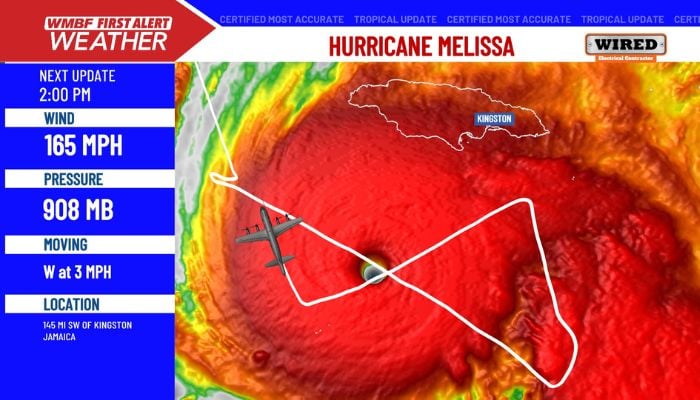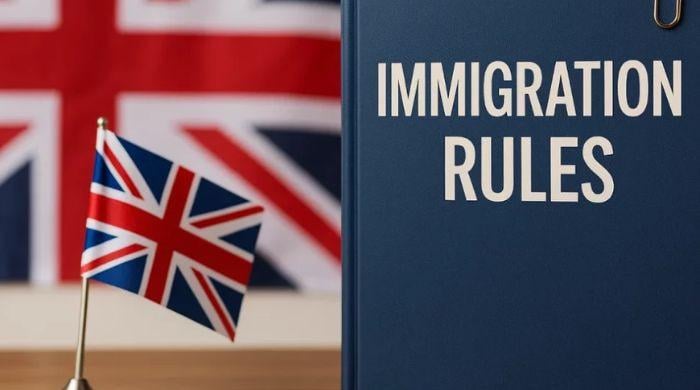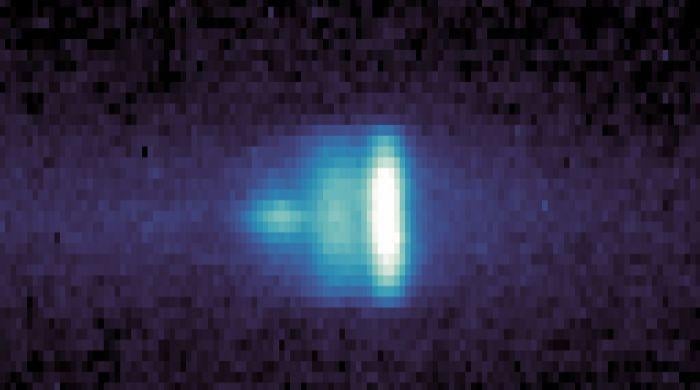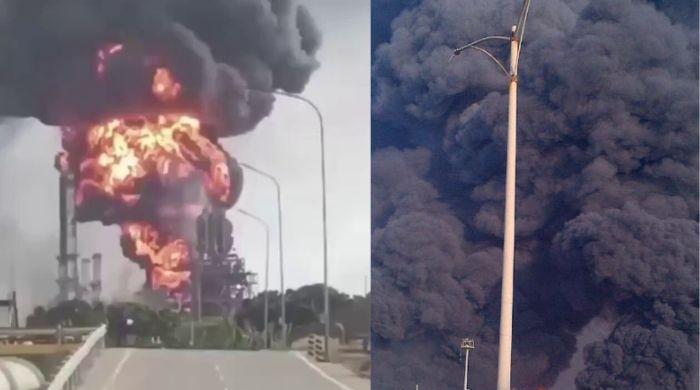Hurricane Melissa: Crew plane nearly torn apart in record-breaking 252 mph gust
Hurricane Melissa hunters survives 700-ft plunge, captures world record wind data
October 29, 2025
The infamous Hurricane hunters of the 53rd weather reconnaissance squadron experienced the "most extreme" flight in aviation history.
The crew survived a violent pummeling inside Category 5 Hurricane Melissa that forced them to abort their mission.
However, hurricane hunters remain successful in capturing historic, record shattering data.
The crew of the Lockheed Martin C-130J Hercules, operating under the call sign TEAL 75, intentionally flew into the heart of the catastrophic storm to collect revolutionary data for forecasters.
However, they encountered a much more extreme level of chaos than they anticipated pushing both crew and the aircraft to their limits.
While getting close to the eyewall (the most fierce part of the hurricane), the aircraft was slammed by extreme turbulence.
The aircraft was thrown hundreds of feet up and down repeatedly. The data revealed that around 700 ft vertical swing was experienced by the crew within a single minute.
As noted in the preliminary report, “The G-forces were so extreme they may have stressed the aircraft’s frame.”
Resultantly, the mission commander aborted the operation prioritizing the safety of the crew and returned to their base in Curacao. The aircraft was then fully inspected by experts.

Despite the harrowing circumstances, the crew deployed a dropsonde instrument. That instrument recorded a staggering central pressure of 893 millibars and even more interestingly, a wind gust of 252 miles per hour just above the ocean’s surface.
This is considered as the highest wind gust ever measured by a dropsonde in a hurricane in recorded history.
The crew spent more than 35 minutes circling within the eye of one of the most powerful Atlantic storms ever observed.












